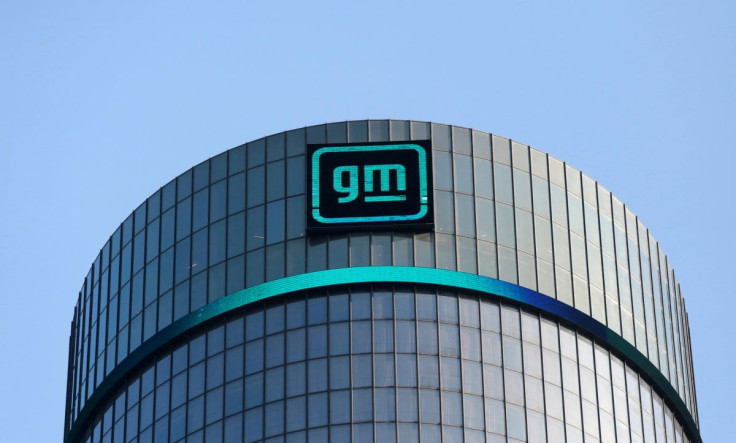GM Affirms 2022 Profit Outlook, Prepares For Economic Slowdown

General Motors Co on Tuesday reaffirmed its full-year profit outlook, citing an expected sharp pickup in demand, but also said it was preparing for a potential economic slowdown by cutting spending and limiting hiring.
The Detroit automaker reported second-quarter net income of $1.7 billion, or $1.14 a share, down from $2.8 billion, or $1.90 a share, a year earlier, due to supply-chain snarls including a global semiconductor chip shortage. Analysts had expected $1.20 a share, according to Refinitiv data.
GM shares were down 1.3% in premarket trading.
In a shareholder letter, Chief Executive Mary Barra said the company was "already taking proactive steps to manage costs and cash flows."
"We have also modeled many downturn scenarios and we are prepared to take deliberate action when and if necessary," she added.
The automaker reaffirmed its forecast of full-year net income of $9.6 billion to $11.2 billion, and adjusted EBIT of $13 billion to $15 billion, while expecting global deliveries to be up sharply in the second half of the year.
Barra cited the company's strong earnings and investment-grade credit rating. She said GM will drive down costs to help it deliver $90 billion in annual revenue by 2030.
GM said average transaction prices jumped $6,600 per vehicle in the quarter, and noted that U.S. dealer inventories remain historically low, at 10 to 15 days' supply.
The company's China operations lost $100 million due to the COVID-19 restrictions there.
GM's overall quarterly revenue fell to $6.1 billion, from $9 billion in the first quarter and $9 billion in the year-earlier quarter. Deliveries to dealers fell to 473,000, from 602,000 in the first quarter and 620,000 a year ago.
GM also said Tuesday that it had binding agreements securing all the electric vehicle battery raw materials needed to support its plan for annual capacity of 1 million vehicles in North America in 2025.
© Copyright Thomson Reuters {{Year}}. All rights reserved.





















